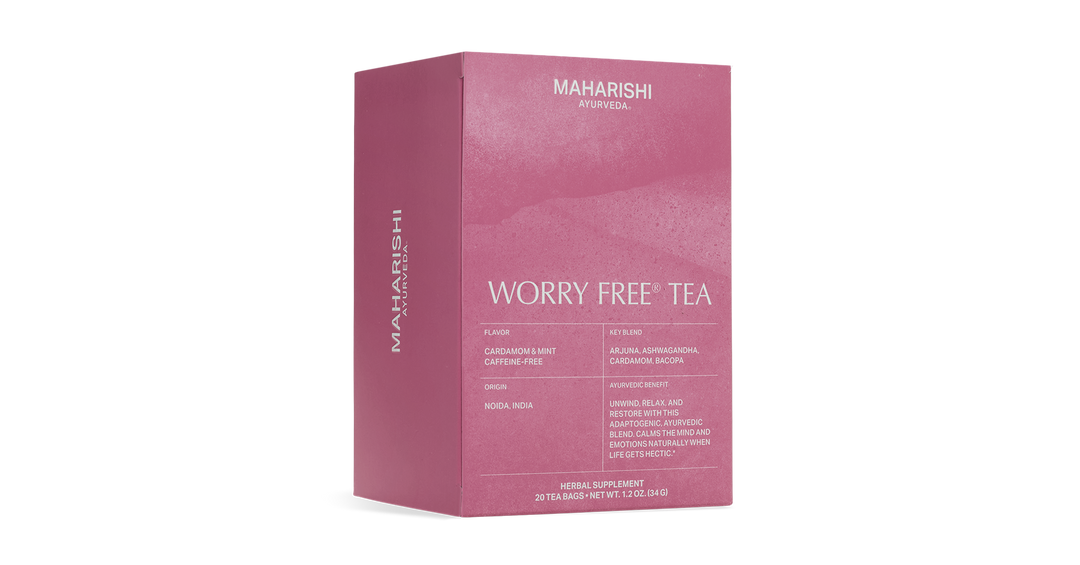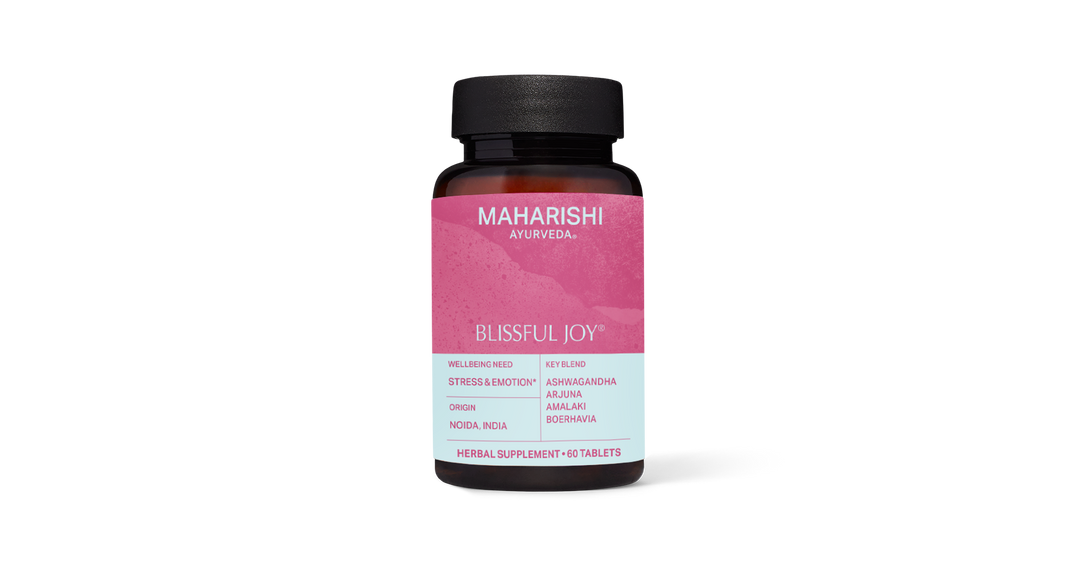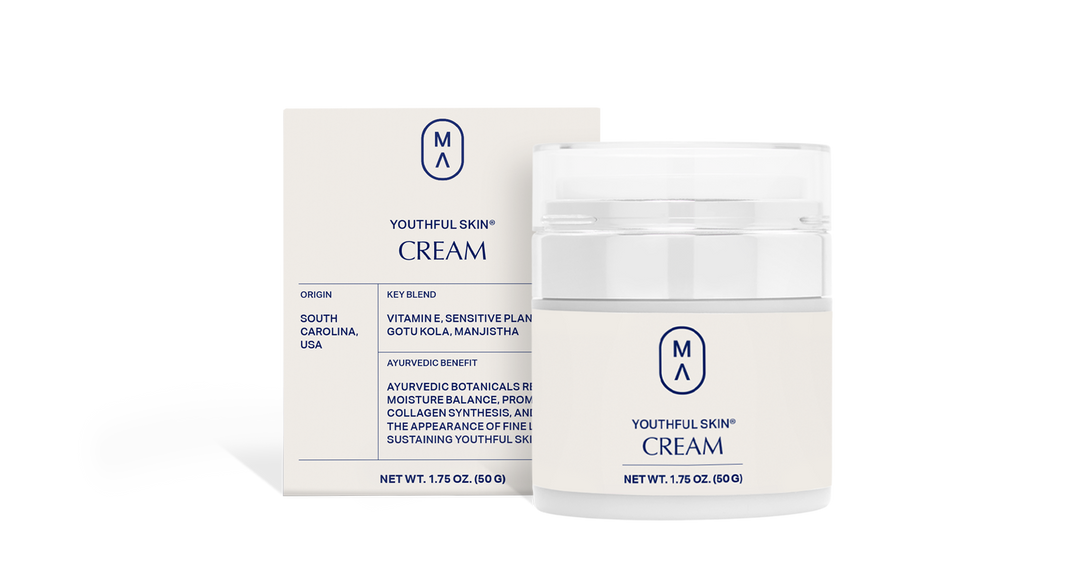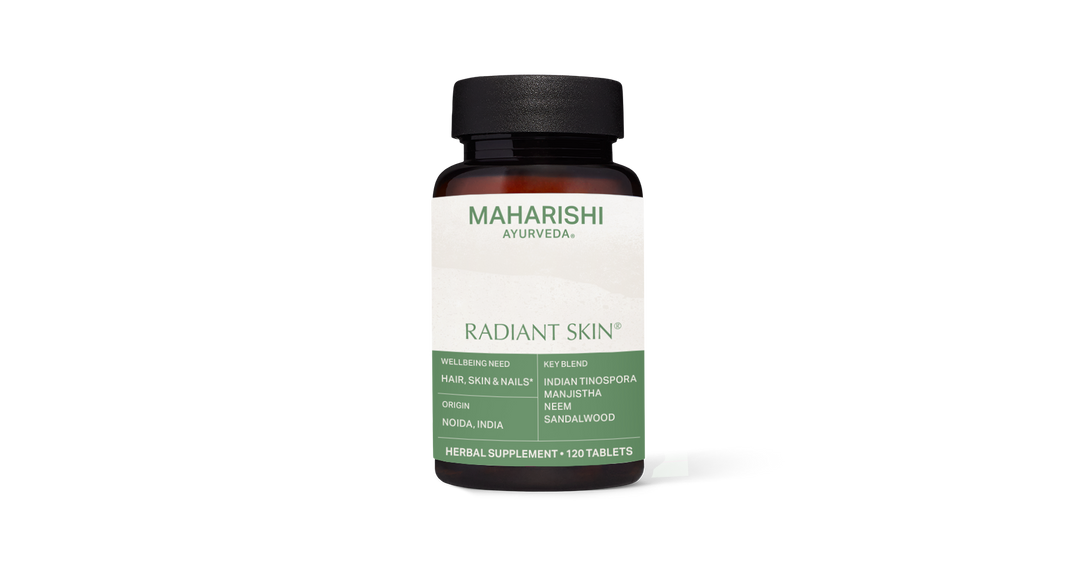Each year, Americans spend billions of dollars on beauty products to prevent their skin from aging. Yet keeping your skin youthful takes much more than applying a moisturizer. Knowing your skin type, eating the right diet, and daily cleansing are essential for fresh and young-looking skin.
1. Protect your skin from the sun
In our world of ozone holes and 30+ sunscreens, many people have come to think of the sun as an enemy to the skin. Yet the sun also nourishes the skin, and is the best source of vitamin D, which is necessary for calcium absorption and healthy bones.
Doctors today recommend 15 minutes of direct exposure to the sun on the hands and face to absorb the minimum daily requirement of vitamin D. Overprotecting from the sun is not a good idea. The challenge is to maximize the benefit from the sun and at the same time protect skin from damage.
While people with Caucasian skin definitely should avoid direct exposure to the midday sun (cover up with a hat and sunglasses), short periods of exposure in the early morning are soothing and mild. It’s best to avoid long exposure to the sun in the summer, if you’re predominantly Pitta, or whenever you are angry, hungry or emotionally upset, as these factors increase heat in the body and make the skin more sensitive to sun damage.
It's also a good idea to cool your body from the inside with foods like green leafy vegetables and juicy fruits. Cooking food with a skin-protecting spice mixture also helps: Sauté equal parts turmeric, coriander, fennel and cumin in ghee and add it to your vegetables and grains. Even in winter, avoid eating too much ginger, garlic, asafoetida (hing), red chilies or any types of hot peppers if you are sensitive to the sun.
2. Avoid chemicals
Harsh chemicals in your shampoo, skin products, or soaps irritate the skin. They cause Bhrajaka Pitta, the subdosha of Pitta that governs absorption and enzymatic changes of the skin, to become overworked and overheated. A strong preservative or antibacterial agent in skin-care products, for instance, kills harmful bacteria but at the same time destroys enzymes that trigger absorption and lubrication. The result might be permanent dry patches, oversensitive skin, or susceptibility to sun damage. For this reason, all skin care products and soaps made by Maharishi Ayurveda Products International are free of sodium lauryl sulfate, which dries and irritates the hair and skin; and are also free of other chemicals which can be carcinogenic, or cause skin rashes and other allergic reactions. Maharishi Ayurveda products contain all-natural ingredients and are designed to balance and nourish all seven layers of the skin.
It's also essential to avoid eating chemicals in your food — buy organic foods whenever possible. Eat fresh, organic, unprocessed, unpackaged foods for the healthiest skin. Chemicals, preservatives, and additives in foods accumulate in the liver and kidneys, and many of them mix with sweat and are released through the skin.
Another source of harsh chemicals can be your water. If your water is chlorinated or contains pesticides and chemical fertilizers from nearby farms, it can cause imbalance in all the layers of the skin and result in irritation and drying. It's worth investing in a reverse osmosis water filter for drinking and a shower unit for bathing, to hydrate your skin with the purest water.
3. Eat for your skin type
To figure out which foods are best for your skin, first determine your skin type. Vata skin is dryer, thinner, small-pored, delicate, and cool to the touch. Vata skin may age faster, and tends to be dry, rough and flaky when out of balance. Or your skin may be more Pitta — fair, sensitive, soft, warm, and of medium thickness. When out of balance, Pitta skin can flare up in rashes, rosacea, acne, or sun spots. Kapha skin tends to age slower and form less wrinkles than the other two types. It is thick, oily, pale, soft and cool. Kapha skin types may struggle with dull complexion, enlarged pores, excessive oil, blackheads, pimples, moist types of eczema and water retention.
Once you determine which kind of skin you have, you can follow the Vata, Pitta, or Kapha-pacifying dietary guidelines to keep your skin balanced, healthy and youthful. Vata skin types should eat more warm, unctuous foods favoring the sweet, sour, and salty tastes to counteract the cool dryness. Eat plenty of cooked, leafy green vegetables spiced with cumin, coriander and turmeric.
If you have Pitta skin, you will thrive on sweet, bitter and astringent tastes, as found in sweet, juicy fruits, Organic Rose Petal Spread, and cooked greens. Favor cooling spices such as cumin, coriander, fennel and licorice. Avoid hot, spicy foods.
The oiliness of Kapha-type skin calls for a diet that is warmer, lighter, less oily, and free of heavy, hard-to-digest foods. Eating more bitter, astringent and pungent tastes helps stimulate digestion and balance Kapha skin. Flavor your food with ginger, black pepper, turmeric, cumin and coriander.
4. Soothe away stress
There are three types of stress, and all three impact the skin in different ways. Mental stress starts a chain reaction that ends in the drying out of Shleshaka Kapha, the subdosha of Kapha that governs moisture balance in the skin. The drying of Shleshaka Kapha causes skin to become thin and age earlier.
If stress is not brought into balance, the shrotas (microchannels) that carry nutritive fluid to the skin also start to shrink, resulting in wrinkles and stress lines. Emotional stress also affects the skin — just notice how anger or embarrassment can make your face turn red. This shows the connection between Sadhaka Pitta, the subdosha of Pitta that governs the emotions, and Bhrajaka Pitta, which governs the skin.
If emotional stress becomes chronic, then Bhrajaka Pitta will burn Shleshaka Kapha. The result is acne, sun sensitivity, and other Pitta-based problems. Physical stress is caused by exercising too much, working too much or straining the body over a period of time. Like mental stress, this causes the drying out of skin moisture resulting in rough, aged skin.
To counteract mental stress, try Worry Free Tea, Tablets, and Aroma Oil. Maintain a Vata-pacifying diet and daily routine. To bring emotional stress into balance, follow a Pitta-pacifying diet and routine and try Blissful Joy tablets and Blissful Heart Aroma Oil. Stop whatever work or exercise is causing the strain. In Maharishi Ayurveda, too much work or exercise means anything more than fifty percent of your physical stamina.
For all types of stress, practice the Transcendental Meditation® program, which has been shown by hundreds of scientific studies to be the most effective technique to alleviate mental, emotional and physical stress.
5. Cleanse and gently exfoliate
Every skin type needs cleansing, but Kapha skin needs it the most. This is because people with Kapha skin often have low agni. Consequently ama collects in the body, clogs the channels of the skin and causes oil to collect on the surface. Many people with Kapha skin try to counteract the oiliness by using products that are too drying. This is not really necessary.
What is necessary is to cleanse the pores and channels so the skin's own balance can be restored, and the skin can be nourished from the inside. But of course the Kapha person should be really careful not to clog their pores by using greasy creams, exposing their skin to freezing weather, or by eating heavy, sweet, oily foods.
Keep the pores and channels open by taking warm baths and cleansing with Youthful Skin Herbal Soap. Vata skin types should avoid any products that are too drying. The Youthful Skin Herbal Soap is especially formulated to cleanse dry skin without disturbing its moisture balance. Pitta types should avoid products that are too abrasive or heating. The Youthful Skin Herbal Soap also works well for cleansing Pitta skin.
6. Rehydrate from the inside out
First of all, it's important to moisturize your skin from the inside to keep the inner layers of the skin from drying out. Drink lots of water, but add some spices to the water to help the water get absorbed and transported to the skin.
Kapha skin types should steep 2 thin slices of fresh ginger root, 2 basil leaves, 2 whole cloves, 1/2 teaspoon of whole cumin seeds and 2 pinches of licorice powder in hot water.
Pitta types can steep 2 pinches of Indian sarsaparilla powder, 1/4 teaspoon cumin seeds, 2 pinches of licorice powder, 1/2 teaspoon fennel seeds and 1/2 teaspoon of coriander seeds in hot water, to be drunk at body temperature.
Vata types will benefit from a mixture of 1/2 teaspoon whole cumin seeds, 1/2 teaspoon whole coriander seeds, 1/2 teaspoon fennel seeds, 3 pinches of ashwagandha root powder and 1 pinch whole root licorice powder in hot water, to be drunk warm as needed through the day.
To moisturize from the outside, use Youthful Skin Cream on your face, and use Youthful Skin Massage Oil for Men or Women for your body. Youthful Skin Cream contains a blend of essential oils that are extremely effective in restoring tightness, moisture, and nutrition to the skin. No harsh chemical solvents or preservatives are included, as these would destroy the holistic effect of the herbs.
Massaging your body skin on a daily basis is also essential to keep the skin young and healthy. Youthful Skin Massage Oil for Men or Women rejuvenates and nourishes the skin. This powerful blend of over two dozen restorative herbs and essential oils keeps the skin supple and youthful. By design it absorbs easier than any other herbal oil, penetrating and nourishing the deeper levels of the skin rather than just staying on the surface. For best results, massage your whole body before your bath or shower.
7. Nourish your skin
Besides following the diet for your skin type, these foods are terrific skin-enhancers: leafy green vegetables; easily-digested proteins such as paneer, milk, tofu, sunflower seeds; foods high in zinc such as quinoa; a7nd beta carotene-rich foods such as carrots and sweet cherries.
Almonds and walnuts support the skin with their protein and lubricating fat content. Some skin-friendly spices include turmeric, which nurtures the different layers of the skin; cumin, which rids the body of ama; black pepper to cleanse the channels; and fennel to balance the transformational ability of the skin. All antioxidant-rich fruits and vegetables, such as pomegranate, apple, pear, and bitter, green leafy vegetables are also excellent for the skin.
Herbs for Younger, Clearer Looking Skin
Some herbs for younger looking skin include Organic Premium Amla Berry, which is rich in Vitamin C, and Radiant Skin tablets, which are targeted to enhance the radiance of skin and keep it clear. Neem is a blood purifier, and helps to reduce heat for those with Pitta-related skin concerns like occasional blemishes. Amrit is also an excellent antioxidant and rasayana for the skin.
The Ayurvedic approach to youthful skin is both from within and the outside: A healthy diet and keeping stress to a minimum are just as important as non-toxic products and smart sun exposure. Visit our Ayurvedic skincare collection for the best in natural beauty!








